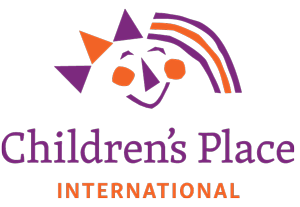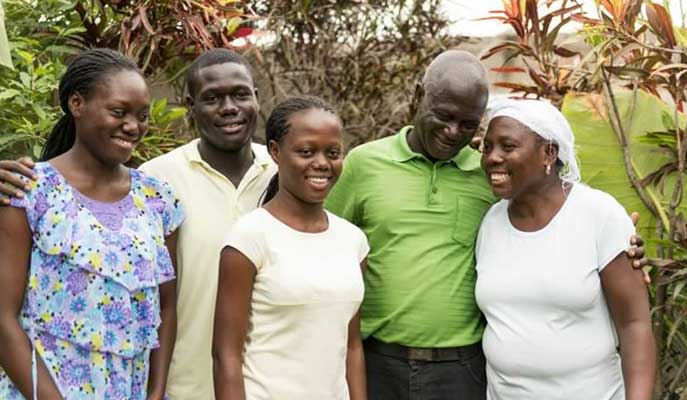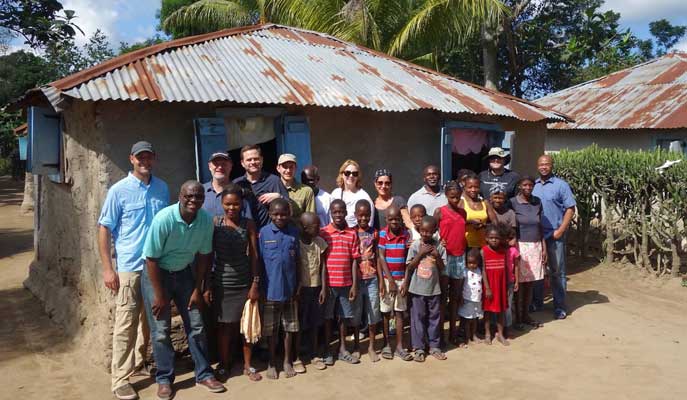For nearly two decades, Children’s Place International has worked with partners from around the world to address life-threatening illnesses in young people and support their journey out of poverty.
We work in some of the most demanding environments to increase access to life’s necessities and improve long-term outcomes so children can flourish into adulthood.
Our flagship initiative, Child Thrive, is a coalition of community-based organizations working to eliminate pediatric health disparities in their local communities through (1) prevention, (2) treatment, (3) addressing the social determinants of health, and (4) education and career readiness.
Child Thrive combines local expertise and capacity with additional external resourcing to sustainably address the needs of each child.
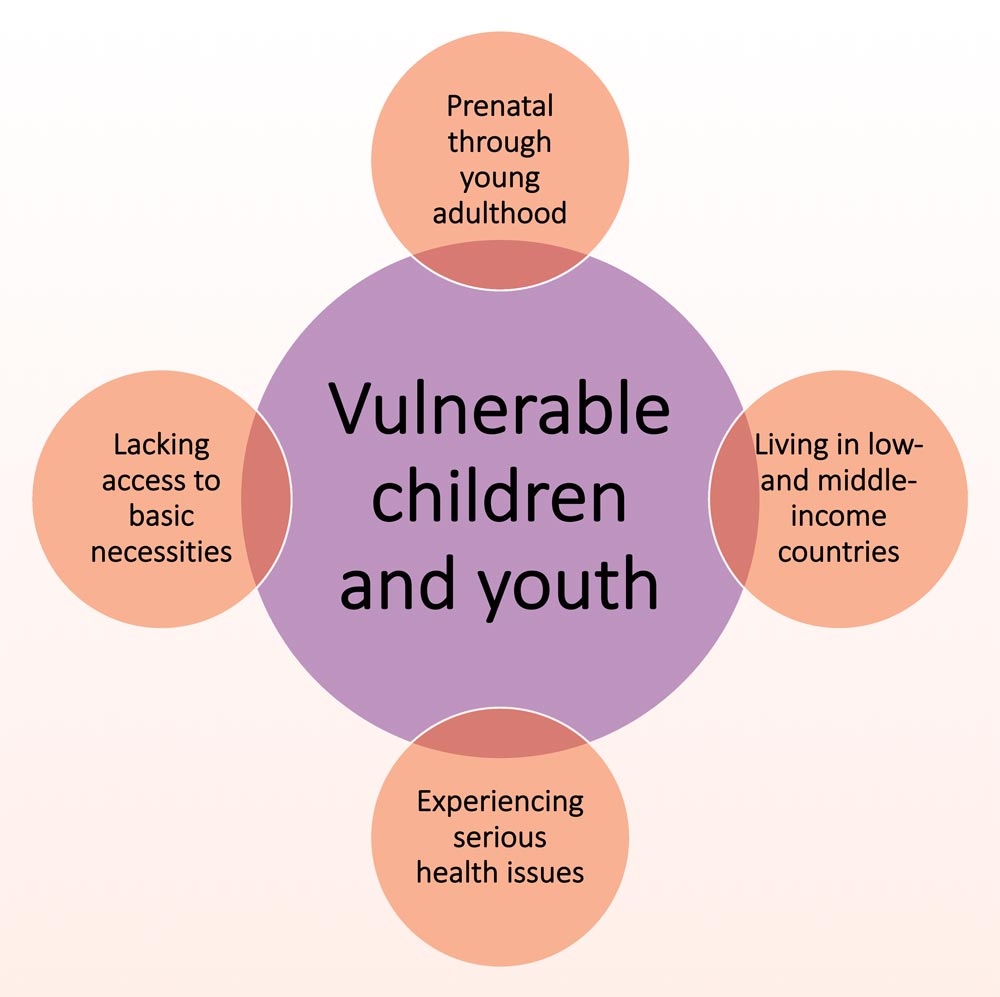
We have helped change the life trajectories for tens of thousands of children and their families across Africa, Latin America, and the Caribbean
We have helped change the life trajectories for tens of thousands of children and their families across Africa, Latin America, and the Caribbean
Through our Child Thrive projects, we utilize a depth and longevity model of support to assist children with various areas of need through young adulthood.
We also strengthen the communities in which kids live to ensure access to health, education, and opportunities continues to grow over time.
5,000 patients receive lifesaving cancer treatments where none existed previously.
In our Child Thrive Tanzania project, the one-year pediatric cancer survival rate went from less than 30% to 65% and climbing!
3,000 kids and family members receive mental health services.
Over 3,000 kids also benefit from sexual and reproductive health education and services.
1,000 kids with HIV, including those in Haiti, receive comprehensive support.
In our Child Thrive Haiti program, the university graduation rate went from less than 1% to nearly 70%!
Our work supports the United Nations Sustainable Development Goals:

For more than two decades we have worked alongside local communities to safeguard children’s well-being so they can live healthy, happy lives.
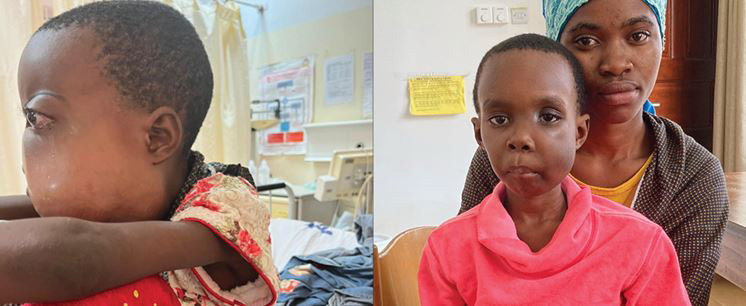
Gloria’s Story
Gloria is one of the over 1.5 million children and young adults living with cancer in Tanzania.
She had troubling symptoms for months and eventually had difficulty breathing and swallowing food.
When her parents finally took her to our community partner, Kilimanjaro Christian Medical Centre in Tanzania, for a diagnosis, it was discovered that she had a common childhood cancer called Burkitt’s Lymphoma. She immediately started chemotherapy and has been responding well to the treatment. She will soon be discharged from the inpatient ward.
We have helped provide cancer care to children in Sub-Saharan Africa where such care can be extremely difficult to access. Every child deserves a long, happy life and we are so thankful that Gloria is now on the path to recovery!
Mirlande’s Story
One of roughly 2% of young people to attend post-secondary school in Haiti.
In 2008, young Mirlande and her family were referred to our program in northern Haiti by their local health clinic for wrap-around support services. Her father sadly passed away from AIDS that same year, and her mother relied on our portfolio of services to support the family. They were able to access medical care, monthly food aid, housing assistance, and school support for Mirlande and her three younger siblings.
This support allowed the children to focus on their education. Following graduation from secondary school, Mirlande decided to apply for medical school and was accepted! She recently completed her “blouse pinning” ceremony.
Haitian children dream of being doctors. They know the value of good health and education, and they want to help others in their community. Mirlande is fulfilling the dream of so many.
